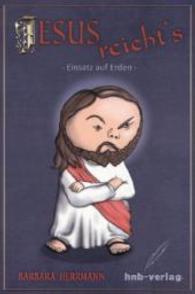- ホーム
- > 洋書
- > 英文書
- > Literary Criticism
Full Description
Serious literary artists such as T.S. Eliot, James Joyce and Virginia Woolf loom large in most accounts of the literary art of the first half of the 20th century. And yet, working in the shadows cast by these modernists were science fiction, horror and fantasy writers like the "Weird Tales Three": H.P. Lovecraft, Clark Ashton Smith and Robert E. Howard.
They did not publish in artistically ambitious magazines like Dial, The Smart Set and The Little Review but instead in commercial pulp magazines like Weird Tales. Contrary to the stereotypes about pulp fiction and those who wrote it, these three were serious literary artists who used their fiction to speculate about such philosophical questions as the function of art and the brevity of life.
Contents
Table of Contents
Acknowledgments
Preface
1. Introduction
2. Pulp Ekphrasis, History, and Deformation
3. A Real Weird Magazine
4. Clark Ashton Smith and Artistic Form
5. The Failure of Clark Ashton Smith
6. The Cultural Alienation of Robert E. Howard
7. Robert E. Howard and Rendering the Real and the Unreal
8. Cthulhu Is Beautiful
9. Lovecraft and the Threat of Modernism
10. Conclusion: Form and Formlessness
Works Cited
Index








